Last updated on October 4th, 2022.
During my research in understanding what tempered chocolate is, I have learned that making chocolate is an art and that chocolatiers are without a doubt, true artists.
It is super easy to differentiate between tempered and untempered chocolate, and in this post, we will take a closer look to better understand the process and maybe even step into the shoes of a chocolate artist.
Learn how to temper chocolate using three easy methods.
Here are more articles about the fascinating world of chocolate what is unsweetened chocolate, What Is Dutch Process Cocoa Powder, What Is Cocoa Powder, What Is Dark Chocolate? , What Is White Chocolate?
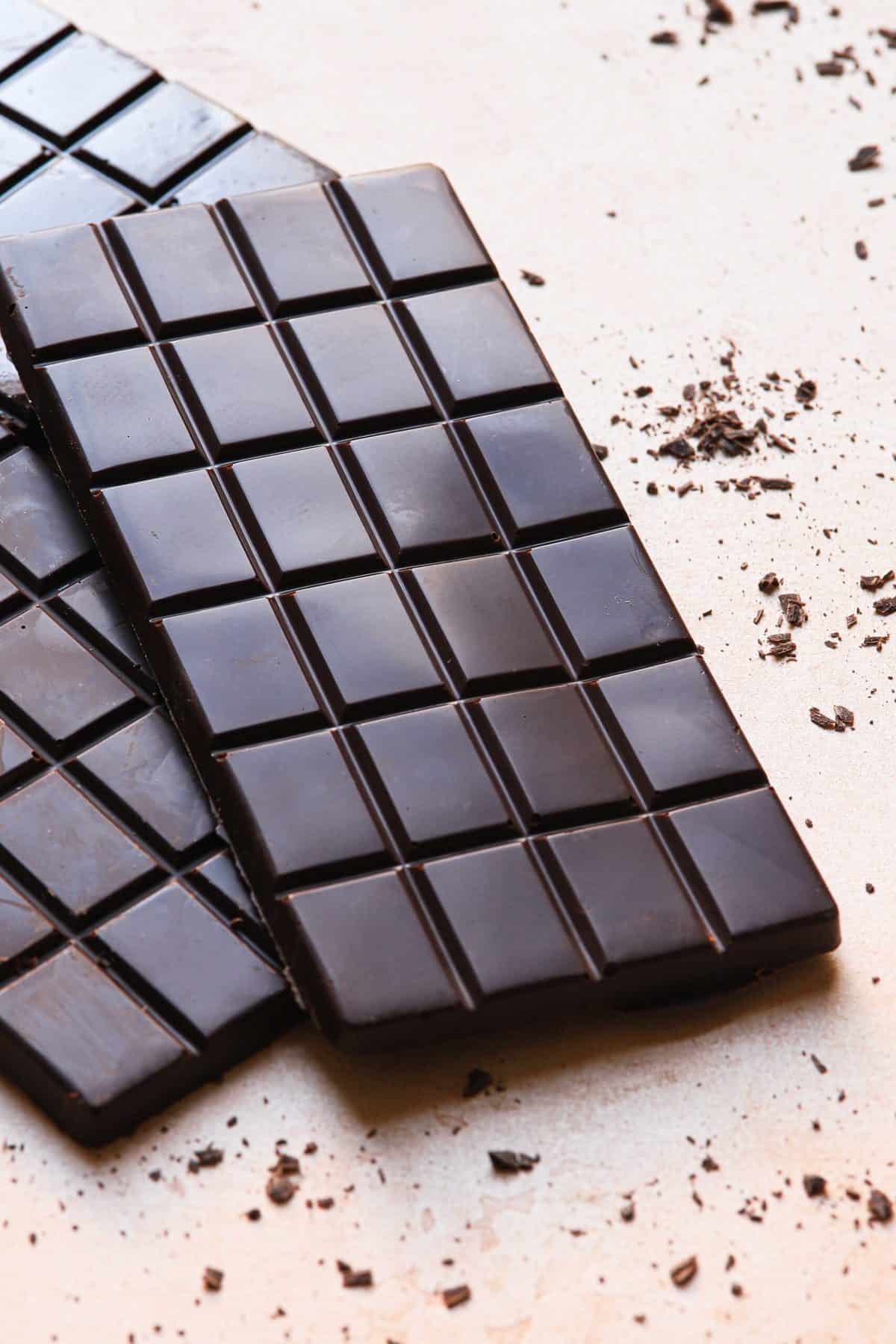
The properties of tempered chocolate
Well-tempered chocolate, whether it’s dark chocolate, milk chocolate, or white chocolate has unique and distinctive properties:
- The chocolate is solid, you can hold it and it will not melt in your hand. Its melting point is 37C, about the same temperature as our mouth.
- It has no elasticity, you can place a cup over chocolate bars and the chocolate will not change its molecule structure.
- It snaps. When we break the chocolate into small pieces it makes a snapping sound.
- The surface is glossy, with a shiny flawless appearance.
If you love learning about baking science, be sure to pre-order my Baking Science cookbook.
Phase behavior of Chocolate
Chocolate is made primarily of cocoa butter, a fat. It comes in the form of triglycerides. Triglyceride is a fat molecule made of 3 different (hence, tri) fatty acids connected by glycerol. A cocoa butter triglyceride is made of two “arms’ ‘, the palmitic acid and stearic acid connected to the third arm, the oleic acid. (See illustration below)
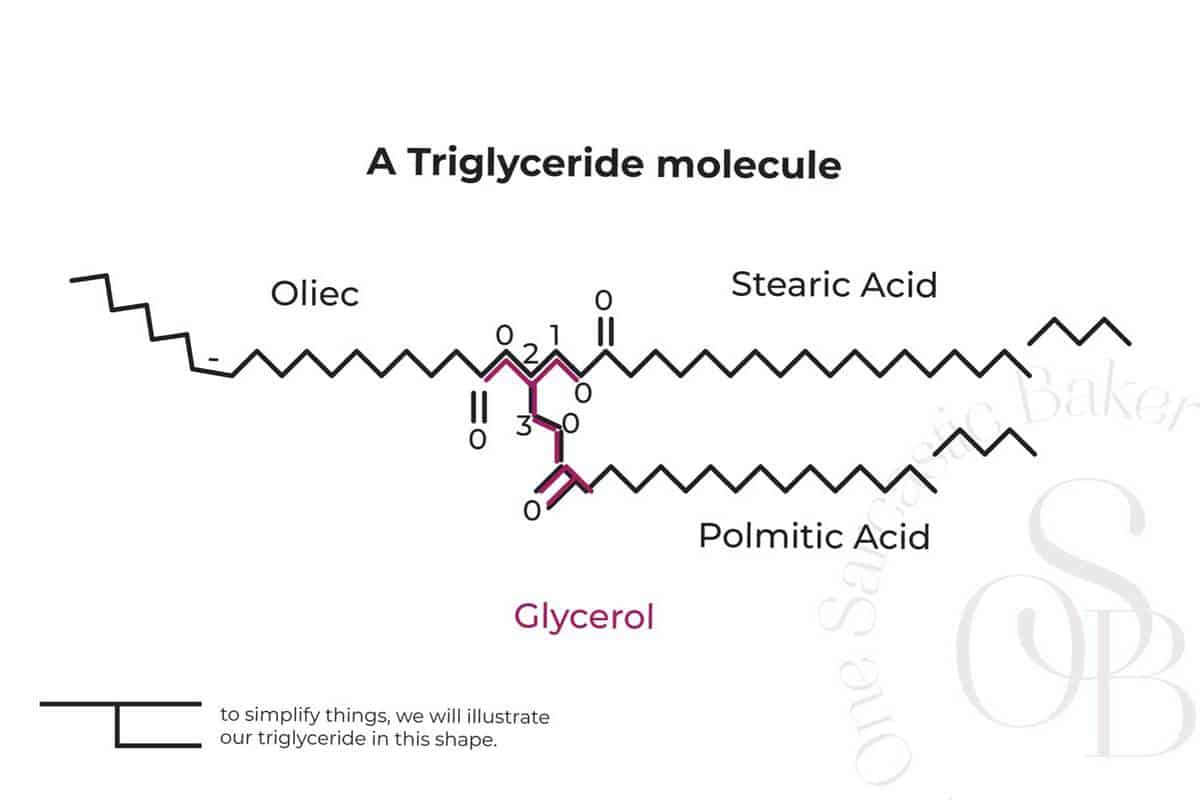
The interaction between the triglycerides molecules is what is described as the phase behavior of chocolate, and it is relevant to temperature. There are a total of 6 phases, each phase begins and ends at a specific range of temperature. In each phase, the triglycerides molecules create crystals, which is simply a fancy word to describe how the molecules stack themselves. Phases 5 and 6 are the stable phases, and this is the phase the molecules are striving to position themself.
Phases 5 & 6
When we melt chocolate, there are no crystals, the molecules are separated with no bonds. Their goal is to find balance and optimize their structure. As the temperature is changing, the molecules bond, stack (creating different types of crystals), and move from one phase to another. Each phase has different properties of crystals’ structure, texture, and melting point. (See table below).
At a certain temperature, the molecules have reached phase 5, and they are now stable, they have created the ideal crystal structure known as Beta (b). At that point they will get comfortable and find the right position and distance from each other, moving towards phase 6. (Think of it like you found a comfy sofa, now you are getting yourself comfortable in it)
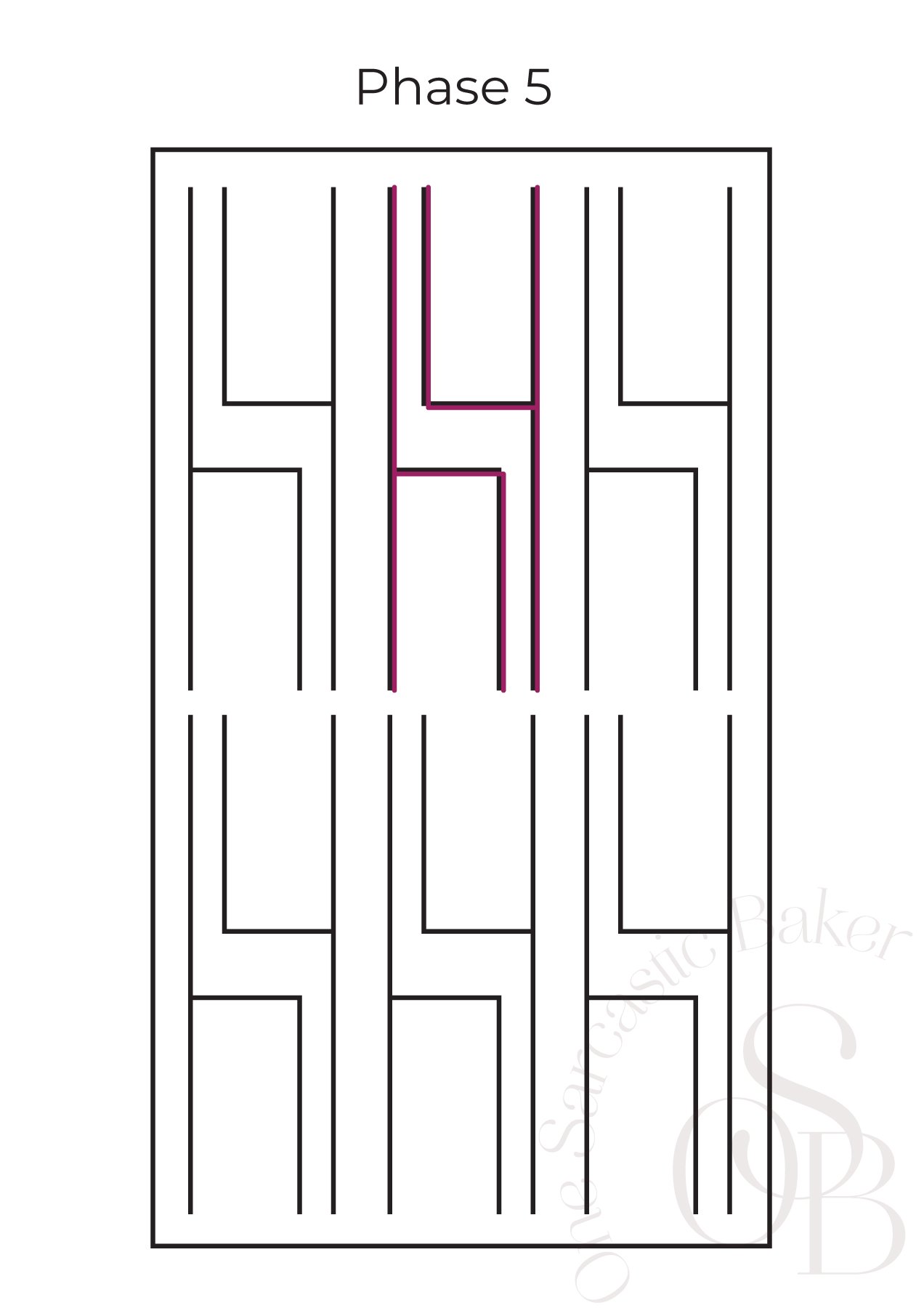
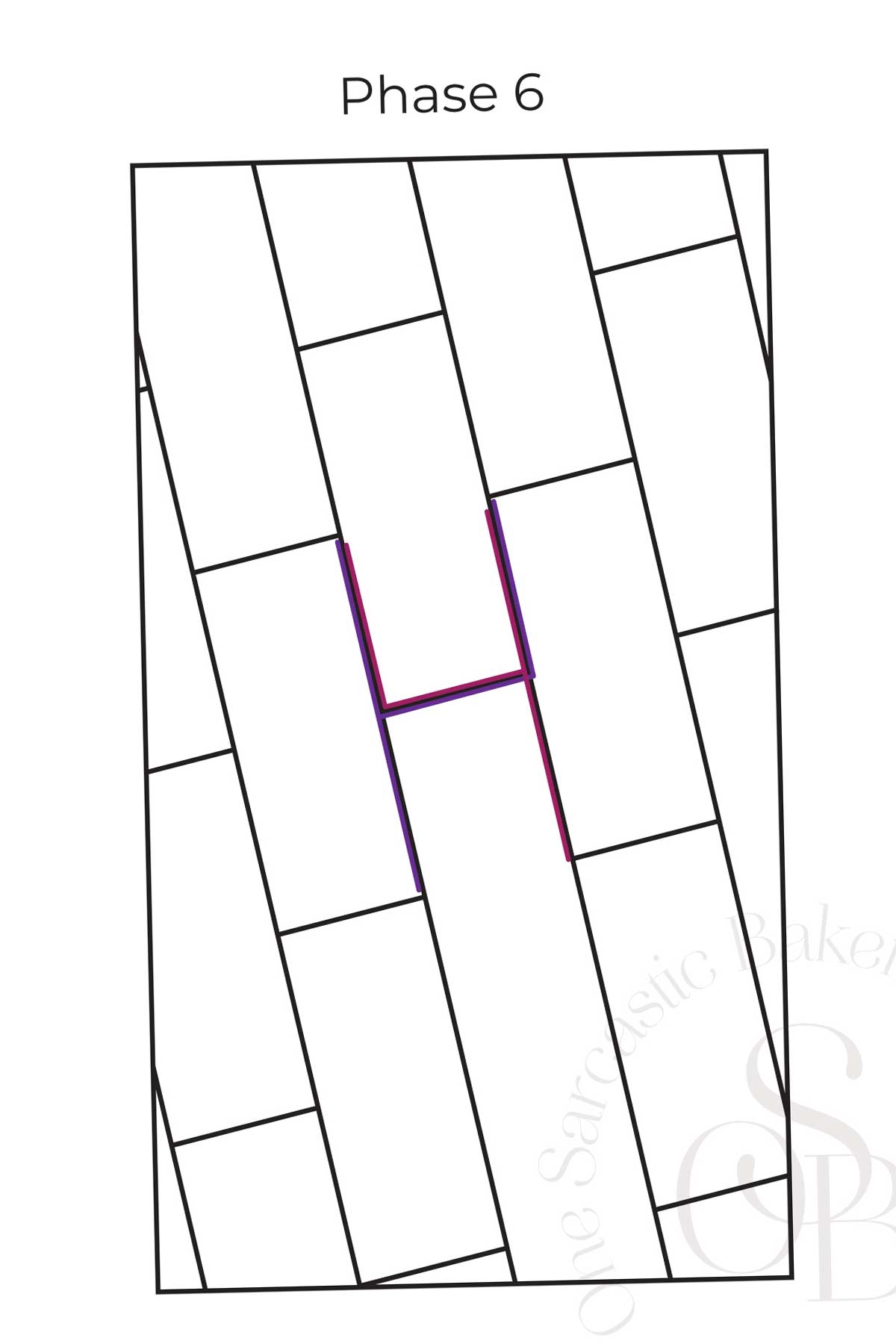
So knowing what we know now, it is clear to say that if we melt chocolate and wait long enough, it will reach phase 5 (form v). The only issue is that it takes a very long time, days and maybe even weeks.
To be honest, for a good piece of chocolate I will wait that long, but thankfully we do not need to. This is when tempering comes in hand, tempering chocolate is the process of creating Beta crystals and bringing the chocolate to phase 5 faster.
Phase behavior of Chocolate chart
| Crystalline phase | Melting temperature | Properties |
| Form I (1) | 16-18 C / 60.8-64.4 F | Soft and elastic, sticky, and melts easily brittle texture. |
| Form II (2) | 22-24 C / 71.6-75.2 F | Soft and elastic, sticky, and melts easily. |
| Form III (3) | 24-26 C / 75. –78.8 F | Firm, melts easily, no snap. |
| Form IV (4) | 26-28 C / 78.9-82.4 F | Firm, snap, melts easily |
| Form V (5) | 32-34 C / 89.6-93.2 F | A glossy, firm with the best snap, melts in body temperature. |
| Form VI (6) | 34-36 C / 89.7-96.8 F | Hard, stable, and firm. |
Chocolate tempering
There are two ways of tempering chocolate, the industrial method and the seeding method you can practice in the comfort of your home. I believe that reading the below two methods will add another layer to your understanding of what is tempered chocolate?
Before we dive into the two methods, it is important to understand the basic principle both methods rely on. The idea of creating (method 1) or introducing (method 2) a nuclie. A nuclei is, a membrane, a seed of a phase 5 crystal that will attract other triglycerides and form the same phase crystals.
Industrial Method
The tempering process of the industrial method is made of three parts:
Heating → Cooling → Heating
- Heating – the chocolate is melted above the melting point of all phases in order to break any stacks (crystals) and bonds of triglycerides.
- Cooling – the chocolate is then cooled to just below the melting point of phase 4 (form iv). At this point, as the chocolate cools some phase 4 cocoa butter crystals and very few phase 5 crystals are forming. These crystals are the nuclei, the seed that will attract other triglycerides molecules.
- Heating – obviously we do not want any phase 4 crystals so this is when the chocolate is reheated to just below the melting point of phase 5. This way the phase 4 nuclei will melt and we are left with only phase 5, beta crystals.
Tempering chocolate using this method requires special machinery and the only way for us to temper chocolates this way is by purchasing a tempering machine or using sous vide.
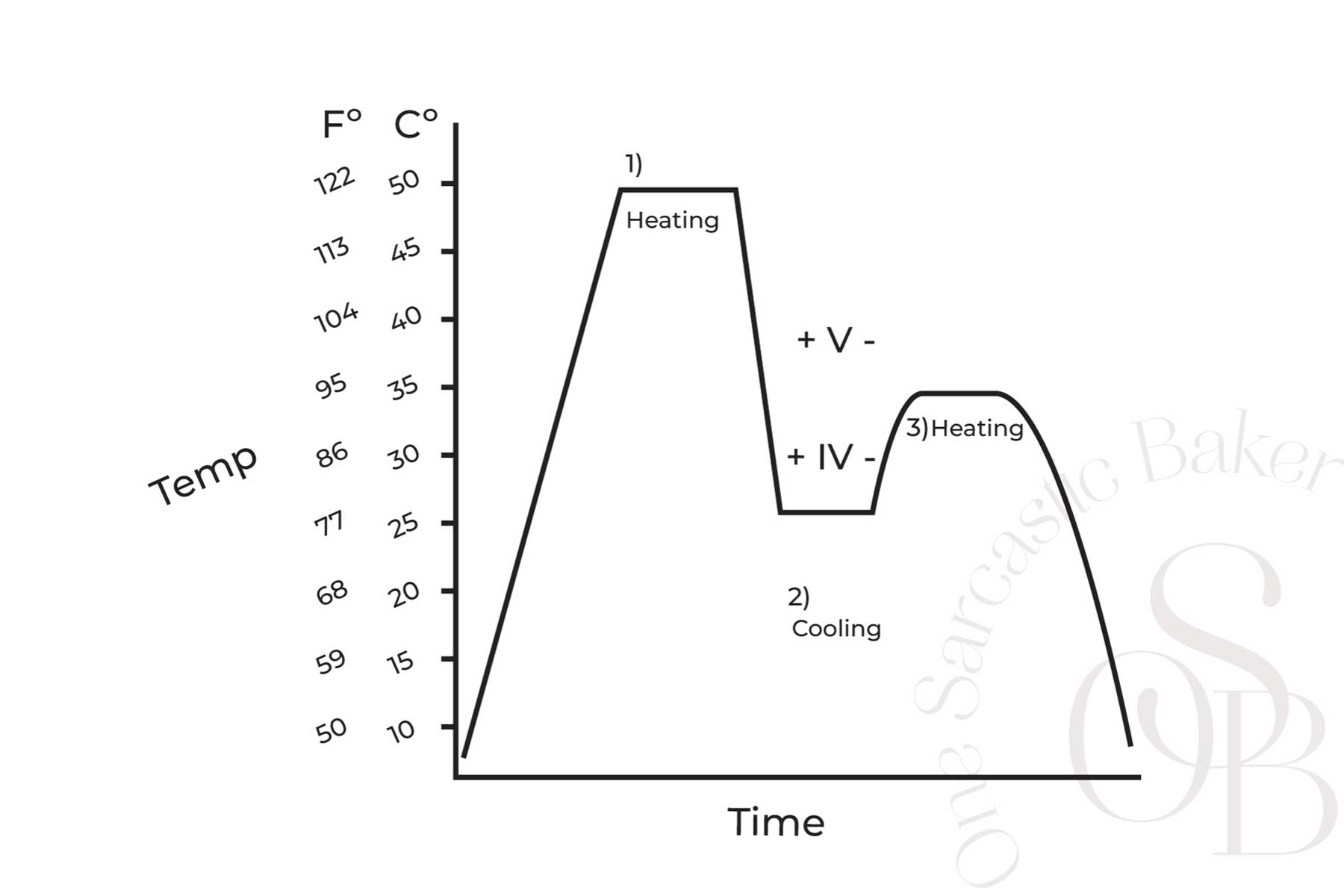
The seeding method
This method is not much different from the industrial method. It also relies on the idea of using a nuclei (a seed) to attract other triglycerides molecules and grow phase 5 crystals.
However, in this method, we actually use a piece of already tempered chocolate as our nuclei. This method also has three parts:
Heating→Seeding→Cooling
- Heating – the chocolate to a higher temperature of melting points.
- Seeding – adding pieces of tempered chocolate into the melted chocolate.
- Cooling – cooling until the temperature of the chocolate reaches phase 5 (32-34C / 89.6-93.2 F).
There are many techniques of tempering chocolate this way, there’s the microwave method, using a double boiler and maybe even a food processor. All techniques call for simple tools such as glass bowls (microwave-safe bowls), stainless steel bowls, hot water, and chopped chocolate. Whichever technique you prefer please keep in mind that there is a very specific temperature you should aim for. For best results, it is wise to invest in a good thermometer (not a candy thermometer). I recommend a few good options in my post on How to temper chocolate.
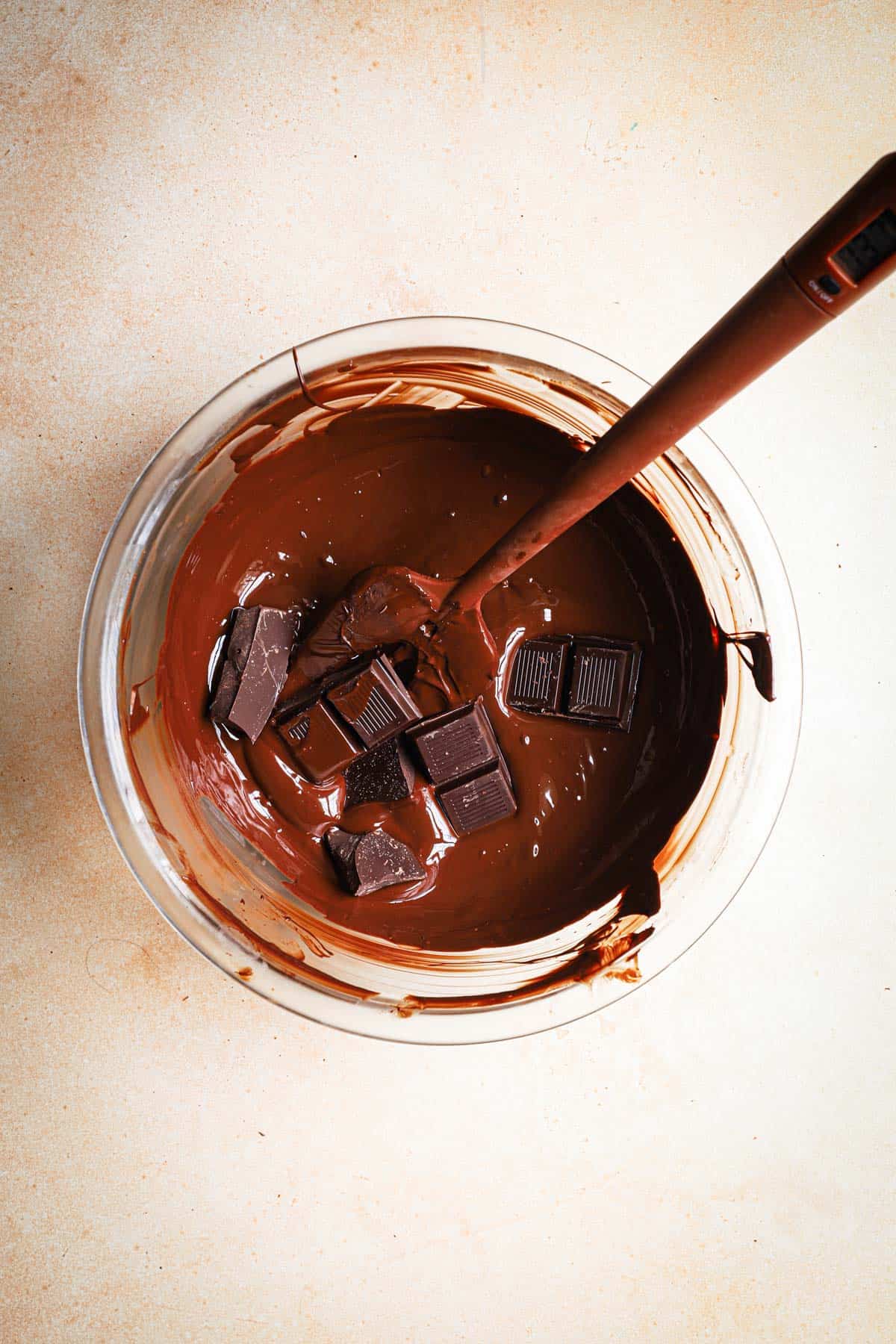
What is chocolate bloom?
When tempered chocolate is not stored properly, the different temperature causes the cocoa solids (crystals) to get out of balance and make their way towards the stable phase 5 crystals. As a result, there is a deposit of fat coming out to the surface of the chocolate. We see it as a white powder in old chocolate candies.
Conclusion and some more important notes:
We are almost at the end of our short journey of understanding what is tempered chocolate?. Keep in mind that this is a drop in the sea and there are many other factors that come into play, but if you read this post I am confident that you now have the tools to temper chocolate and create your very own sweet treats, chocolate candy, and even high-quality chocolate.
- Tempering chocolate is the process of forming stable crystals by heating, seeding, and cooling.
- There are six different types of crystals, each form at different temperature ranges.
- Phase 5 (form v) is the most stable phase, and what gives chocolates their glossy appearance, snap sound, and smooth texture.
- You can not temper candy melts, chocolate chips, or not real chocolate. Some may not contain any cocoa butter and some have stabilizers added to them.
- The type and amount of chocolate should be taken into consideration when deciding on the technique.
- Tempering chocolate is the last step of making it. I highly recommend you listen to this wonderful podcast, where my friends Becky Hadeed hosts the granddaughter of a cocoa beans farmer.
- Cocoa beans grow in rainforest conditions. Climate change affects those conditions and put the rainforests at risk. Learn more about it HERE.
I hope you found this post useful and that it helped you better understand the science behind tempering chocolate.
And now let’s put this knowledge into use and make some delicious treats like this Chocolate covered graham cracker, and Chocolate Covered Pecans.
Stay curious, and Happy Baking!

